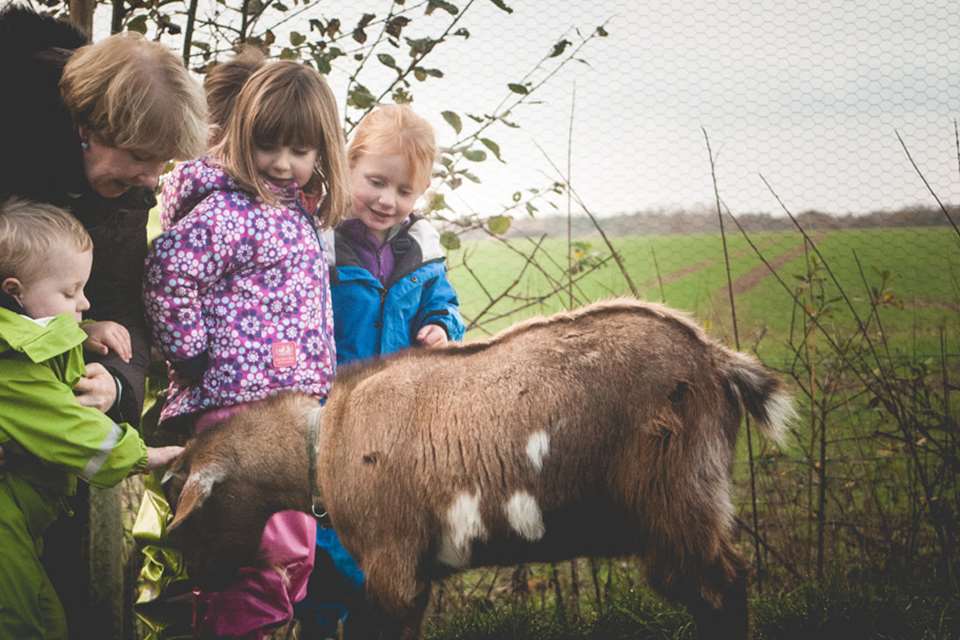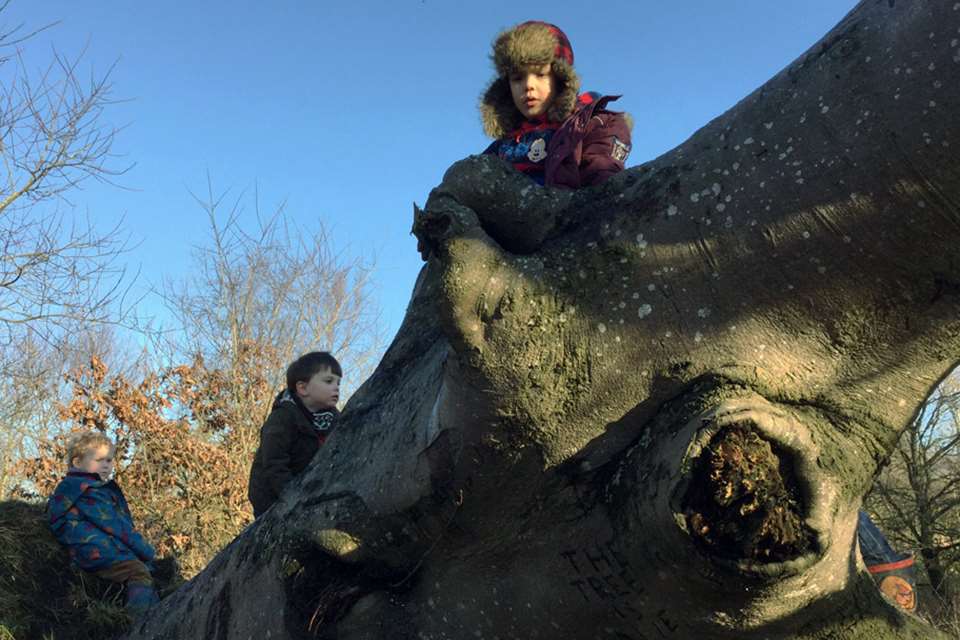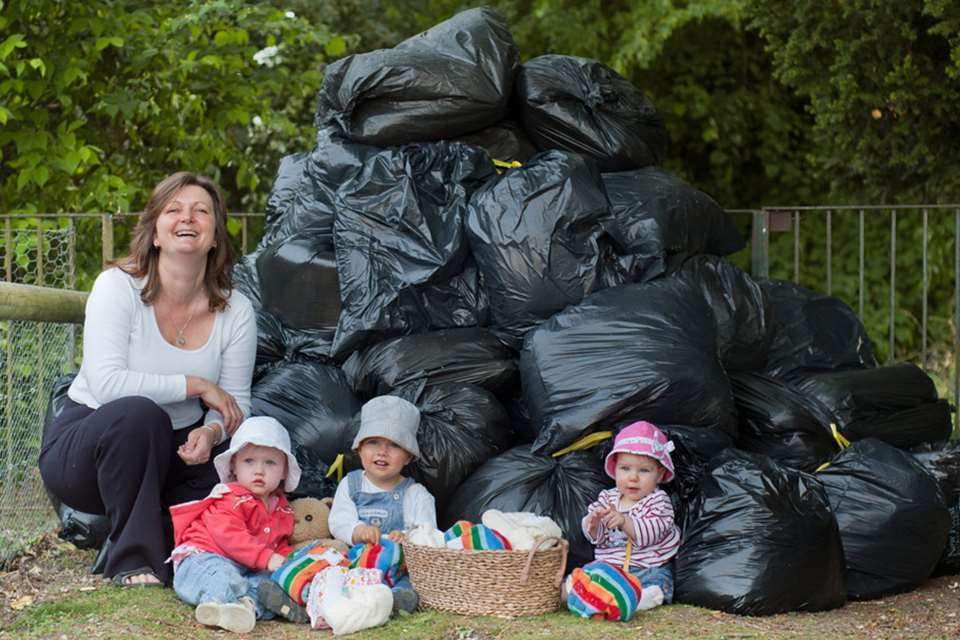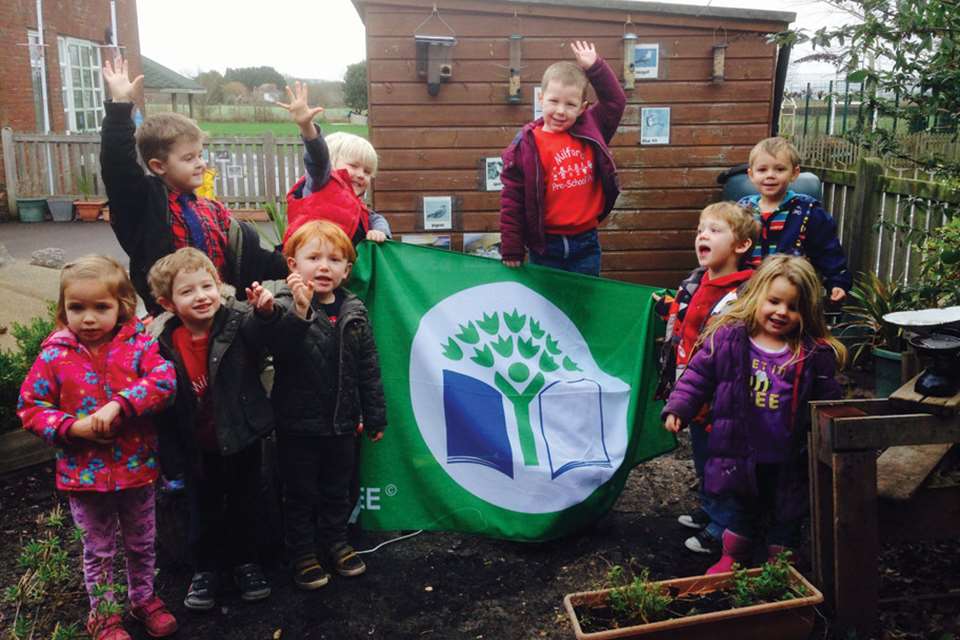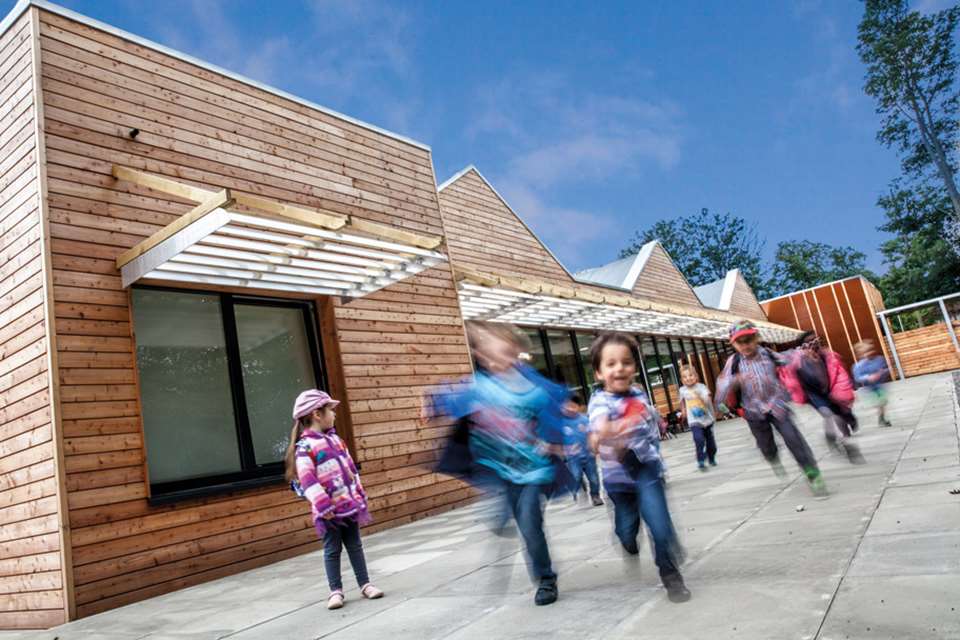Sustainability: Part 6 - For granted
Sarah Emerson, Diane Boyd and Nicky Hirst
Monday, June 27, 2016
How can you secure finance for sustainability projects? Kids Love Nature’s Sarah Emerson and Liverpool John Moores University’s Diane Boyd and Nicky Hirst explore some of the options

Getting a grant can make all the difference to embracing a sustainable approach. There are plenty of sources of funding, but there is an art in writing a successful grant application.
A good place to start is the Big Lottery Fund. The fund states projects should take account of environmental, economic and social sustainability. The ‘Awards for All’ scheme offers grants between £300 and £10,000.
Another scheme, Biffa Award, offers funding for providing biodiversity, and developing community spaces or buildings. Criteria include being within a set distance of a Biffa waste management operation.
The Grow Wild project from Kew provides funding of up to £4,000 to transform community spaces with native plants.
If your setting is located near to one of the UK’s 15 National Parks, you can also get funding. In the past you could apply for a grant from the Sustainable Development Fund. Since 2011 these have been given a variety of different names depending on the park authority. Another option is The Royal Horticultural Society, whose Campaign for School Gardening is open to nurseries and enables access to resources. Several nurseries have become RHS Five Star Gardening Schools under a scheme that provides resources worth around £600.
Meanwhile, schools and nurseries should consider making a move to renewable energy with the installation of solar panels. If settings aren’t able to gain funding to pay for the initial installation, it is still possible to recoup the cost. Some systems can be paid for over a number of years, using income generated from the savings made on energy bills, the feed-in tariff (a payment made by the Government for energy generated using methods that don’t use up natural resources) and the export tariff (a payment made for unused energy exported back to the grid).
BID WRITING: WHAT TO CONSIDER
What are the aims of the organisation supplying the funding? It is essential that your bid meets their aims as well as your own.
Is your project achievable and financially viable? If the timescale, breadth of project or numbers don’t stack up, you are unlikely to be successful.
Do you sound passionate about your bid?
Don’t be afraid to talk to the people involved.
Be clear and up-to-date. The awarding organisation will expect to see timely and accurate figures and paperwork.
Information on bid-writing is available online. The Big Lottery Fund provides example project plans, and Grants4Schools offers bid-writing masterclasses (although there is a fee, if you are applying for a large bid it could be worth it).
Further information
National Parks, www.nationalparks.gov.uk
Big Lottery Fund, http://bit.ly/1hj1Cll
BIFFA Award, www.biffa-award.org
RHS Elspeth Thompson Bursary, http://bit.ly/28OLMfB
Grow Wild, https://www.growwilduk.com/content/community-project-funding
Grants4Schools, https://www.grants4schools.info
CASE STUDY: YSGOL SAN SIOR IN LLANDUDNO, WALES
Solar power doesn’t necessarily need lots of sunshine. In Wales, one of the rainiest parts of the UK, one primary school has two rows of 6.4kw solar panels on its roof. They were purchased after the school won the Greenest Eco School in Wales award in 2014, which came with prize money of £65,000.
A live data monitor in the school hall relays information to the children as to how much energy is produced at any given time. The school estimates it saves 15,998kw of energy per year – enough to light up the Eiffel Tower for a week – and saves 7,139kg of carbon dioxide from being released to the atmosphere. It also generates £1,200 each year from the feed-in tariff.
As part of its eco school status, an energy audit was carried out, resulting in all lights being replaced with energy-efficient LED ones. Each light switch in the school is colour-coded: green, amber and red, depending on where the light is in the room (red is near the window and means it should be used only if absolutely necessary).
The school also has its green fingers in many other pies: it also keeps bees, and has sold eggs commercially since 2014.
Head teacher Ian Jones says, ‘We involve the children from nursery onwards with regards to all the recycling and energy projects, and they are some of the keenest eco warriors at the school. The children see the benefits from the perspective of protecting the planet. However, the financial motivation is also clearly a great help. We use profits from the chickens to fund the bees. This afternoon we collected 6.25 litres of honey and this will be sold, generating more funds.
‘Children have a natural curiosity. Harness that enthusiasm and the rest comes naturally.’


